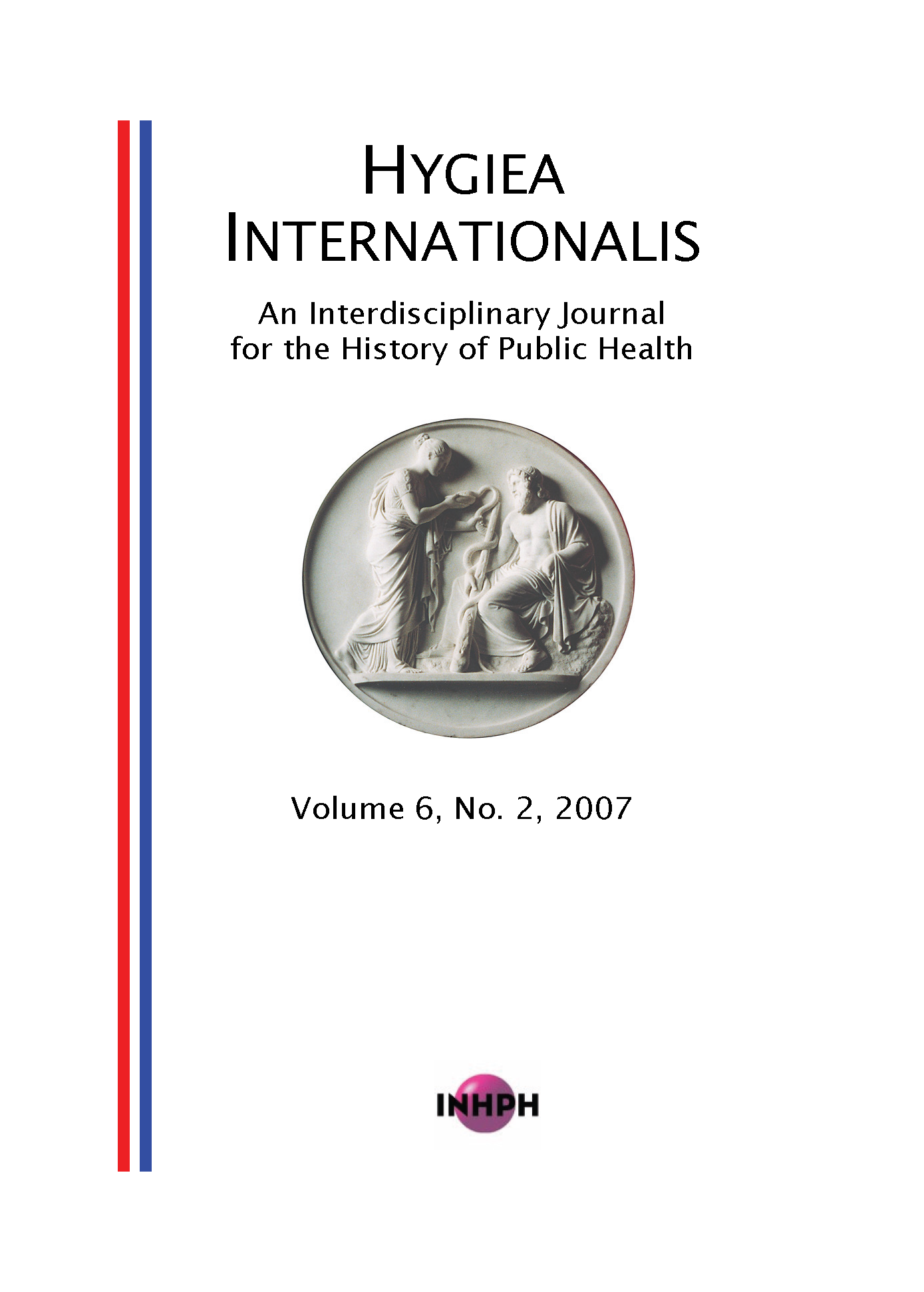Contagion and Cultural Perceptions of Accepted Behaviour
Tuberculosis and Venereal Diseases in Scandinavia c.1900-c.1950
DOI:
https://doi.org/10.3384/hygiea.1403-8668.0771121Keywords:
Scandinavia, legislation, coercion, poverty, gender, sexuality, ContagionAbstract
This article compares legislation in the three Scandinavian countries on tuberculosis and venereal disease during the first half of the twentieth century. It attempts to highlight what was perceived as unacceptable behaviour that might cause disease and consequently legitimise public coercion. According to the letter of the laws all citizens should be treated in the same way. But in the case of tuberculosis unacceptable behaviour exposing an individual to public coercion was found with the poor population: Where venereal disease was concerned extra-marital sex was seen as the risk factor for all citizens. Still, the primary target groups were prostitutes and certain groups of young women. It is suggested that, pending further comparative research, national differences in legal provisions may be explained by the prevalence of the disease, by political and economic circumstances, and in the case of tuberculosis by different perceptions of the contagious nature of the disease.Downloads
Published
2007-12-27
How to Cite
Blom, I. (2007). Contagion and Cultural Perceptions of Accepted Behaviour: Tuberculosis and Venereal Diseases in Scandinavia c.1900-c.1950. Hygiea Internationalis: An Interdisciplinary Journal for the History of Public Health, 6(2), 121–133. https://doi.org/10.3384/hygiea.1403-8668.0771121
Issue
Section
Articles
License
Copyright (c) 2007 the Author(s)

This work is licensed under a Creative Commons Attribution-NonCommercial 4.0 International License.






